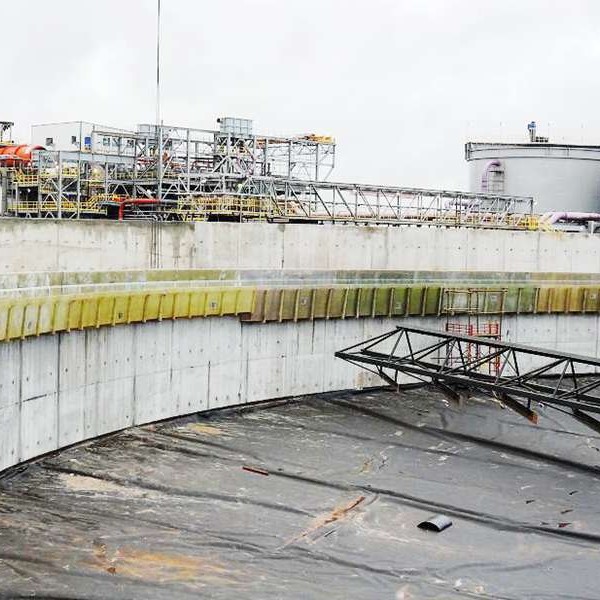
-
 Afrikaans
Afrikaans -
 Albanian
Albanian -
 Amharic
Amharic -
 Arabic
Arabic -
 Armenian
Armenian -
 Azerbaijani
Azerbaijani -
 Basque
Basque -
 Belarusian
Belarusian -
 Bengali
Bengali -
 Bosnian
Bosnian -
 Bulgarian
Bulgarian -
 Catalan
Catalan -
 Cebuano
Cebuano -
 China
China -
 China (Taiwan)
China (Taiwan) -
 Corsican
Corsican -
 Croatian
Croatian -
 Czech
Czech -
 Danish
Danish -
 Dutch
Dutch -
 English
English -
 Esperanto
Esperanto -
 Estonian
Estonian -
 Finnish
Finnish -
 French
French -
 Frisian
Frisian -
 Galician
Galician -
 Georgian
Georgian -
 German
German -
 Greek
Greek -
 Gujarati
Gujarati -
 Haitian Creole
Haitian Creole -
 hausa
hausa -
 hawaiian
hawaiian -
 Hebrew
Hebrew -
 Hindi
Hindi -
 Miao
Miao -
 Hungarian
Hungarian -
 Icelandic
Icelandic -
 igbo
igbo -
 Indonesian
Indonesian -
 irish
irish -
 Italian
Italian -
 Japanese
Japanese -
 Javanese
Javanese -
 Kannada
Kannada -
 kazakh
kazakh -
 Khmer
Khmer -
 Rwandese
Rwandese -
 Korean
Korean -
 Kurdish
Kurdish -
 Kyrgyz
Kyrgyz -
 Lao
Lao -
 Latin
Latin -
 Latvian
Latvian -
 Lithuanian
Lithuanian -
 Luxembourgish
Luxembourgish -
 Macedonian
Macedonian -
 Malgashi
Malgashi -
 Malay
Malay -
 Malayalam
Malayalam -
 Maltese
Maltese -
 Maori
Maori -
 Marathi
Marathi -
 Mongolian
Mongolian -
 Myanmar
Myanmar -
 Nepali
Nepali -
 Norwegian
Norwegian -
 Norwegian
Norwegian -
 Occitan
Occitan -
 Pashto
Pashto -
 Persian
Persian -
 Polish
Polish -
 Portuguese
Portuguese -
 Punjabi
Punjabi -
 Romanian
Romanian -
 Russian
Russian -
 Samoan
Samoan -
 Scottish Gaelic
Scottish Gaelic -
 Serbian
Serbian -
 Sesotho
Sesotho -
 Shona
Shona -
 Sindhi
Sindhi -
 Sinhala
Sinhala -
 Slovak
Slovak -
 Slovenian
Slovenian -
 Somali
Somali -
 Spanish
Spanish -
 Sundanese
Sundanese -
 Swahili
Swahili -
 Swedish
Swedish -
 Tagalog
Tagalog -
 Tajik
Tajik -
 Tamil
Tamil -
 Tatar
Tatar -
 Telugu
Telugu -
 Thai
Thai -
 Turkish
Turkish -
 Turkmen
Turkmen -
 Ukrainian
Ukrainian -
 Urdu
Urdu -
 Uighur
Uighur -
 Uzbek
Uzbek -
 Vietnamese
Vietnamese -
 Welsh
Welsh -
 Bantu
Bantu -
 Yiddish
Yiddish -
 Yoruba
Yoruba -
 Zulu
Zulu
fiberglass winding machine
Understanding Fiberglass Winding Machines
Fiberglass winding machines play a crucial role in the manufacturing of composite materials, particularly in creating strong, lightweight structures used in various industries such as aerospace, automotive, construction, and marine applications. These machines automate the process of winding fiberglass around a core mold, allowing for precision and consistency that are difficult to achieve through manual methods.
The main function of a fiberglass winding machine is to apply layers of fiberglass, typically combined with a resin, onto a rotating mandrel. This technique, known as filament winding, involves precise control of the fiber placement, tension, and orientation, which are essential for optimizing the mechanical properties of the finished product. By carefully managing these parameters, manufacturers can produce components that exhibit excellent strength-to-weight ratios, making them ideal for applications where performance and durability are paramount.
Fiberglass winding machines can be classified into several types, including horizontal, vertical, and robotic systems. Horizontal machines are commonly used for creating cylindrical parts like pipes and tanks, while vertical machines are often preferred for making objects such as rods and tubes. Robotic winding systems represent the cutting edge of technology in this field, allowing for greater flexibility and intricate designs that can be challenging to achieve with traditional machinery.
fiberglass winding machine

One of the significant advantages of using fiberglass winding machines is the reduction in labor costs and increased production efficiency. Automated processes minimize human error and ensure uniformity across all produced parts. Furthermore, modern machines incorporate sophisticated software for designing winding patterns and programming various winding techniques, enhancing the overall production process.
The environmental impact of fiberglass winding machines is also worth noting. By adopting newer technologies and materials, manufacturers can create more sustainable production methods. For instance, many machines now utilize eco-friendly resins and enable the recycling of waste materials generated during production. This shift towards sustainability not only helps in reducing the ecological footprint but also meets the growing market demand for greener products.
As industries continue to evolve, the importance of fiberglass winding machines is expected to grow. Innovations in materials science and automation technology may lead to even more efficient machines that can produce complex shapes with enhanced properties. Investing in advanced winding technologies can give manufacturers a competitive edge, enabling them to meet the increasing demands of quality, performance, and sustainability in today’s marketplace.
In conclusion, fiberglass winding machines are indispensable tools in the production of high-performance composite materials. Their efficiency, precision, and adaptability make them essential for various industries, paving the way for advancements in material technology and sustainable manufacturing practices.
Latest news
-
Exploring the Benefits of Top Hammer Drifter Rods for Enhanced Drilling PerformanceNewsJun.10,2025
-
High-Precision Fiberglass Winding Machine for GRP/FRP Pipe Production – Reliable & Efficient SolutionsNewsJun.10,2025
-
FRP Pipes & Fittings for Shipbuilding - Corrosion-Resistant & LightweightNewsJun.09,2025
-
Premium FRP Flooring Solutions Durable & Slip-ResistantNewsJun.09,2025
-
Premium Fiberglass Rectangular Tanks Durable & Lightweight SolutionNewsJun.09,2025
-
Tapered Drill String Design Guide Durable Performance & UsesNewsJun.09,2025









